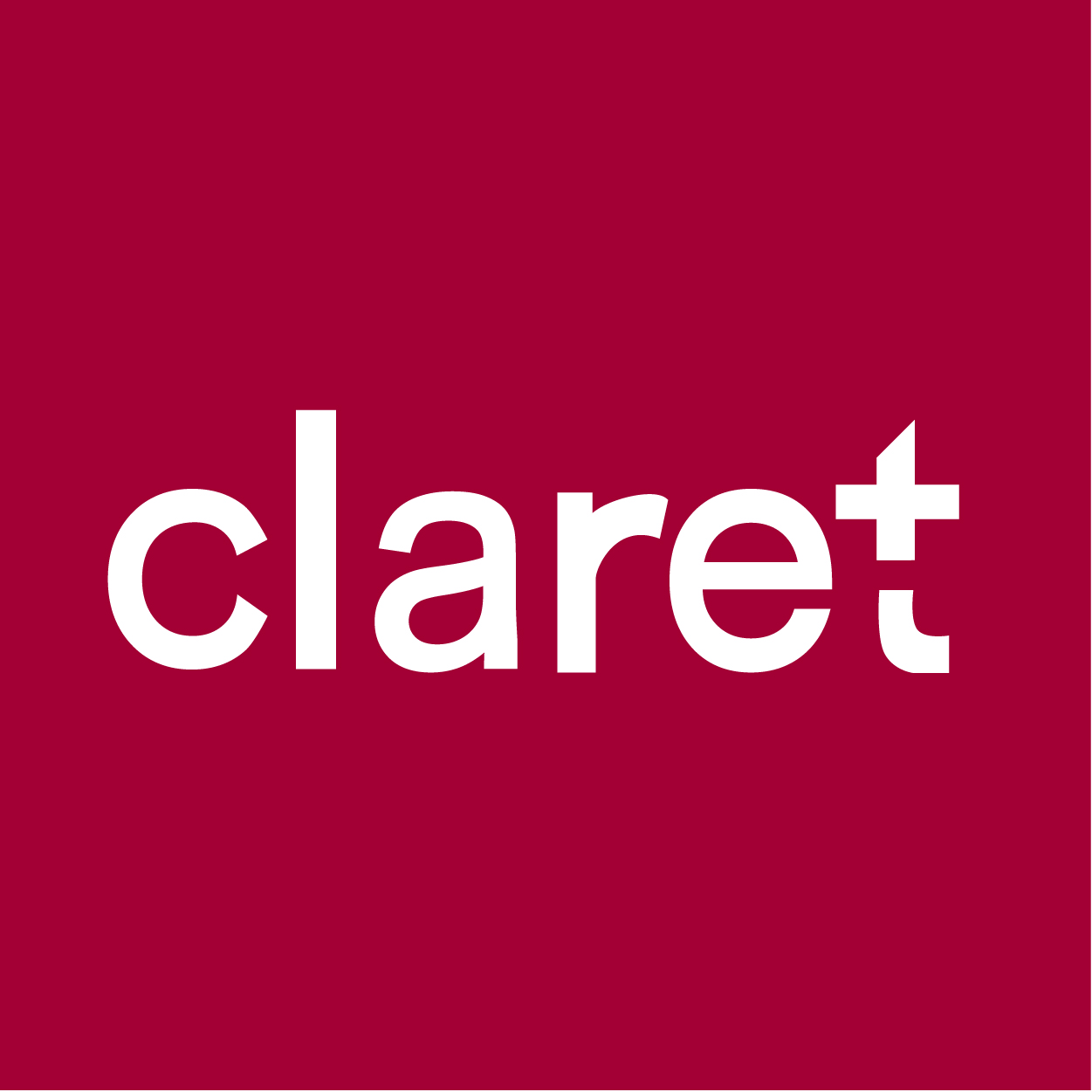The speculative bubble on the technology market continued its advance during the first quarter of the year. The Standard and Poor’s 500 index registered a gain of 2% while the Nasdaq, home of the high flyering technology and biotechnology issues, gained a whopping 12.37%. The TSE 300 also gained 12.46% thanks to the BCE/Nortel combination which now represents over 30% of the index.
Then in April, the music seemed to have stopped. The e-tailers disintegrated (we have seen them being called the DOT.COMe-and-gone). The Nasdaq went into a tumble, falling 37.1% from the high established in March, before recovering slightly recently. Some internet related issues and biotechnology issues fell 50%, some even registered 80 to 90% declines:
- – Microstrategy Inc., dropped from $333.00 to $26.00
- – Novell Inc., from $44.50 to $ 10.00
- – Celera Genomics, from $276.00 to $86.00
- – Incyte Pharmaceuticals, from $289.00 to $80.00
- – Microsoft Inc., from $120.00 to $70.00
- – Qualcomm, from $200.00 to $100.00
- – Amazon.com, from $113.00 to $55.00
- – American On line, from $96.00 to $58.00.
The Canadian bond market registered gains with the Scotia Capital Short Term Index up 1.73% over the quarter and globally the up-trend in bond yields appeared to be broken. European, US and Canadian central banks raised rates again for the second month in a row.
The Canadian dollar remained unchanged at $0.6910 over the quarter, although the trend has been weaker recently. The strength of the US economy has been putting a lot of pressure on most of the currencies around the world. We still believe that in the longer term, the Canadian dollar should maintain its value relative to the US dollar thanks to our better-managed fiscal policies (we shall stand by this comment as long as the Liberal Party does not go into an election driven spending spree).
The euro basically went into a free fall, from $1.0062 to $0.9553. Although our opinion has always been rather negative regarding this new European currency, we cannot lose sight of the fact that at some point, “cheap is cheap”. For now, the trend is still down and as they say on Wall Street, “Don’t fight the trend”. The Bank of Japan intervened twice in March to sell yen for dollars and euros. February’s US dollar gain against the yen was reversed in March by a 7% yen rally.
After a huge run-up to $30.66 US per barrel, the price of oil has started its decline to a more reasonable level around $25.00 US. OPEC has decided to increase production, fearing that too high a price of oil might create a slowdown in the world economy — especially in Asia where the recovery is still quite fragile –, thereby affecting its pricing power in the future. At $25.00 US, everybody seems to be happy. The next question is when will somebody cheat? Who will it be? Nigeria, Venezuela, Iraq, Lybia? Saudi Arabia requires a price of $21.70 US per barrel in order to balance their government operating budget. They currently spend $49 billion US per year and receive revenues of $35 billion US from oil production, $10 billion from investments and $4 billion from other sources in order to balance their budget. Therefore, as long as the price of oil remains in a range between $20 – $25 US per barrel, Saudi Arabia can operate the country at break-even. The government could not sustain itself last year when the price plummeted below $13 US per barrel. They do not want to revisit that scenario.
Zinc, aluminum, nickel and copper all declined over the quarter after registering significant increases during 1999. Zinc remains in an up-trend and gold is testing the December 1999 lows.
Please refer to the portfolio valuation in the next section of this report for a complete list of securities you own. You will find a transaction report that includes comments and descriptions of selected securities that have been purchased and sold.
We would like to take the opportunity in this letter to introduce our Limited Partnership, a product we have recently created to take advantage of the many opportunities that exist in the financial markets that are not always accessible or available to the individual investors. Alongside with our traditional investing style, we will be able to participate in private placements, benefit from short term trading based on our proprietary models, and take advantage of the new issue market in Canada as well as in the US.
Moreover, through the structure of a Limited Partnership, we would like to eliminate certain caveats in investing that, we believe, impede the performance of an individual account:
- As you already know, each client has a specific set of investment objectives and a level of tolerance regarding risk. Therefore, the expected return will be different for each of our clients. It will be different for the Limited Partnership for its objective is simply overall appreciation of capital over the long term. We will move from markets to markets, from sectors to sectors, in search of investment ideas with the best risk/return ratio.
- We also believe that good money management requires an overall view of all positions in a portfolio. It implies constantly making painful decisions like taking losses, taking profits too early to keep everything in balance. One of the main reasons of underperformance is that it is psychologically very difficult for an average investor to make or accept these decisions. However, they are the necessary steps toward upgrading and improving a portfolio. Therefore, the Limited Partnership will not disclose its transactions on a continuing basis, relieving you the pain of looking and focusing only on the losing or only on the winning positions, depending on your character. Instead, you should focus on the overall portfolio value which will be reported to you every quarter. We will disclose our positions annually through the audited annual report.
- The Limited Partnership will be able to use certain derivatives strategies when justified by our analysis. These can be difficult to implement in an individual portfolio.
In order to demonstrate that we, at Claret, as the saying goes, put our money where our mouth is, we have invested our own personal money in this Limited Partnership. Moreover, we have put in place a compensation structure which will keep us committed to the long term success of this vehicle, therefore benefiting all our participating limited partners as well as ourselves:
- Management fees are based on performance with a hurdle rate of 6% per year, i.e. if the annualized return is below 6%, there will be no management fees charged to the Partnership. Above the hurdle rate, Claret will be entitled to 25% of the excess return above 6% (Examples: If the annualized return is 10%, Claret will receive 1% (25% of (10-6)). If the annualized return is 18%, Claret will receive 3% (25% of (18-6)).
- Claret will not receive any earned compensation before the end of the fifth year. Exception is made when a limited partner decides to withdraw his or her investment, in which case, Claret will receive its due compensation for the withdrawn amount. After the first five years, the same compensation structure will apply on an annual basis.
- Claret will earn its fees in units of the Partnership and not in cash, except for the amount equivalent to our tax liabilities (Revenue Canada prefers cash, as far as we know…). We are therefore totally committed to the Partnership for at least 10 years. After that, the unit holders will hold a vote to determine whether we should continue for an additional five year or unwind the Partnership.
- Limited partners can withdraw their investment twice a year, June 30th and December 31st. They will have to advise Claret in writing 30 days in advance so that appropriate actions can be taken without affecting the other partners’ positions in the Partnership.
As you can see, every detail has been designed to emphasize our long term commitment to this vehicle. Should you have any questions regarding the Limited Partnership please call us. Remember, the only silly question is the question you did not ask. We would also appreciate any comments.
Over the quarter, it was nice to see a little reality returning to the markets. Eventually, and that has already been a long-time, companies prosper or fail based on their operations and resulting financial performance.
As one quarter does not confirm the end of a mania, we will provide more insight into market activities in our next quarter-end commentary.
Claret Asset Management Corporation







